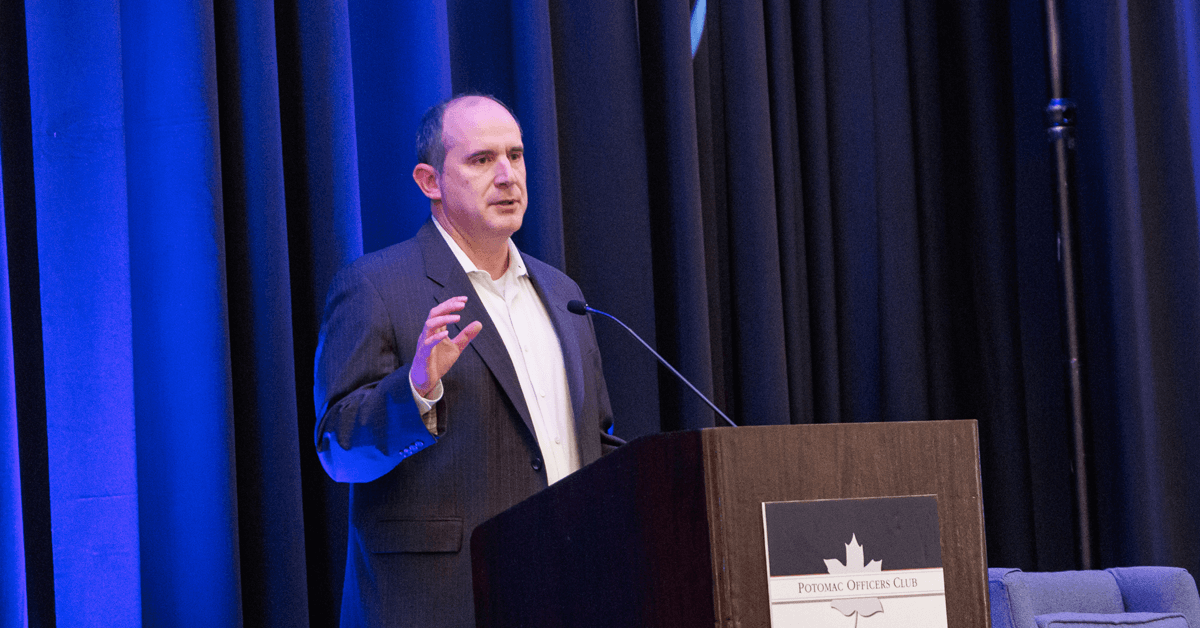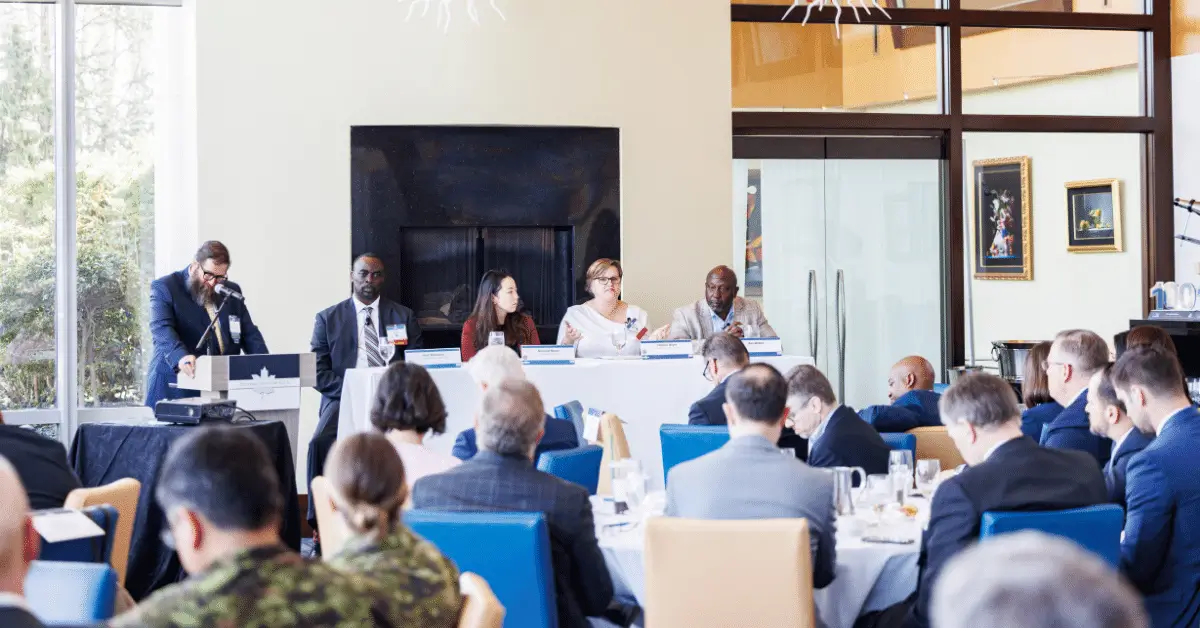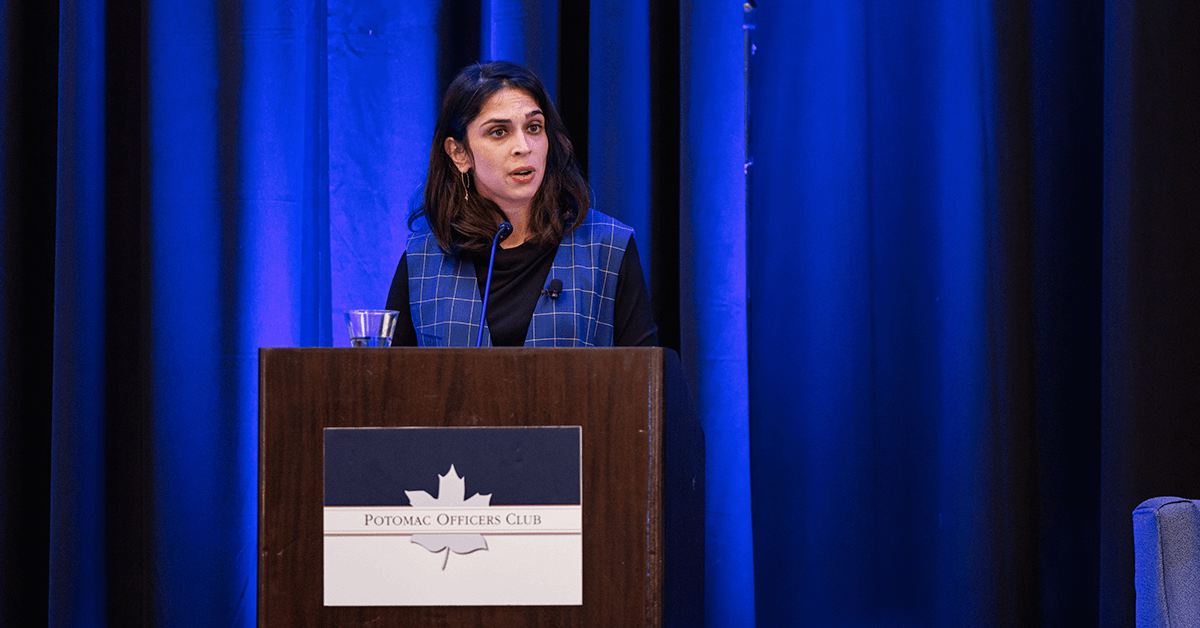As the Department of Defense pursues next-generation capabilities and technological dominance on the battlefield, speed and agility in the research, development, testing and evaluation process has become a top priority. The DOD’s Strategic Capabilities Office is one organization taking that imperative to heart and working to meet warfighter needs faster and more effectively than ever.
SCO was formed a little over a decade ago in response to the increasingly intensifying great power competition. The office has a reputation for being a “repurposing” or prototyping organization, but SCO Director Jay Dryer says it’s much more — and perhaps a bit different — than that.


Curious about warfighter needs and innovation in space? Join the Potomac Officers Club’s 2024 Space Summit on March 5 to learn more. Register here.
During his closing keynote speech at the Potomac Officers Club’s 10th Annual Defense R&D Summit, Dryer defined SCO as a “problem solving organization” above all else. Paraphrasing a colleague, Dryer explained that SCO is “the MacGyver of the department that figures out how to pull things together in ways they were never designed for, and we create something new out of it.”


Dryer’s office has a budget of around $1 billion and reports directly to Deputy Secretary of Defense Kathleen Hicks. With around 220 personnel, including the contracting workforce, and taking on only around six major efforts per year, SCO is a “relatively small, nimble organization,” said Dryer. But it’s because of its agility that the office is able to hone in deeply on warfighter problems and solve them at their core.
SCO starts with understanding what exactly the problem is, and to accomplish this, the office has teams embedded in combatant commands (much like the Defense Innovation Unit), with a particularly strong presence in INDOPACOM and EUCOM. Dryer mentioned the office also has teams that work closely with CYBERCOM, SPACECOM, STRATCOM and SOCOM.
Then, the office looks at the tradespace to see what solutions could best address the problems. The organization does not go in with an idea and try to find the problem it could solve, which Dryer pointed to as one of SCO’s main differentiators.
“The advantage we have from a SCO perspective is we can go at that problem solving approach with a more holistic viewpoint. We can be service agnostic and cross domain,” said Dryer.
And importantly for Dryer, SCO is not singularly focused on the technology aspect of defense innovation. Instead, Dryer focuses on the elements behind the technology — the operators, the testing, the warfighter feedback loop and others — that can make the difference between transitioning a capability or not.
“Sometimes I think we focus too much on the technology aspect when we’re talking about delivering capability,” he warned. “We also look at the next leg, the tactics, techniques, procedures and doctrine that go along with it. It’s not just a capability, but how do you use it? If you’re going to throw out words like ‘game-changing’ or ‘disruptive,’ if we don’t start working that TTP early, we’re not going to get there.”
Looking toward SCO’s future, Dryer shared that the organization has brought on its own contracting authority. Dryer also shared a few of the projects SCO is currently working on, including a transportable nuclear reactor that could have use cases in both defense and logistics, hypervelocity gun weapons systems and the Navy’s unmanned surface vessels known as Ghost Fleet.








